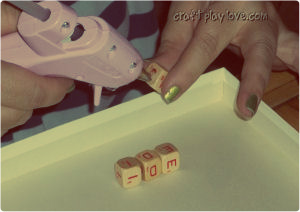
The shell-like covering protects the scale from contact insecticides. Systemic insecticides are generally ineffective. In severe cases, death of infested plants is possible. However, a heavy scale infestation may result in poor, stunted growth. Scale insects remain at these feeding sites the rest of their lives.Ī small scale infestation causes little harm to healthy houseplants. The covering or shell develops soon after feeding begins. At their new location, the nymphs insert their slender stylets (mouthparts) into the plant and begin sucking sap. The newly emerged nymphs are also called crawlers. When the eggs hatch, the nymphs crawl from underneath their mother’s scale and move a short distance to their own feeding site. Eggs are laid below the scale coverings of the adult females. The life cycle of scale insects consists of the egg, nymph, and adult stages.


The honeydew accumulates on the plant’s lower foliage, furniture, carpeting, or other objects beneath the infested plant. As they feed, the scale insects excrete a sweet, sticky substance called honeydew. They attach themselves to stems or leaves and suck sap from the plants. These small, inconspicuous insects are covered with shell-like coverings. The houseplant may be infested with scale insects.


 0 kommentar(er)
0 kommentar(er)
